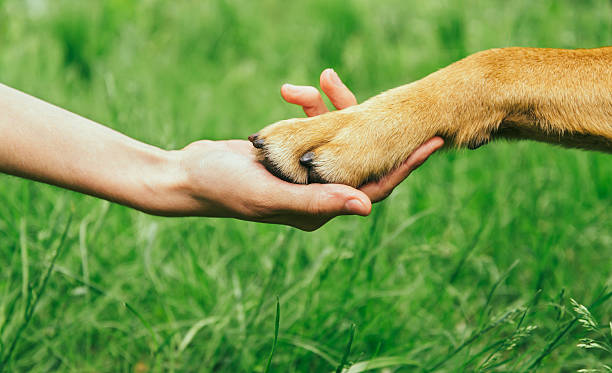Pet dogs can be considered “captive” insofar as they cannot choose their daily activities; nor do they generally have the opportunity to express the natural behaviors necessary for their welfare — such as olfactory foraging behaviour. In this study, we tested the effect of an olfaction-based activity on pet dogs’ emotional states.
Fravil, C. (2022, October 6). Designing for how animals hear. Animal Arts. Retrieved December 14, 2022, from https://www.animalarts.com/designing-for-how-animals-hear/?fbclid=IwAR1zVYa3CyDqnV5BH2se6xJNmNu9A_zdmbfAWH0VSilS666Ftlssz56I_hM
Gazit, I., Terkel, J., and Goldblatt, A. (2022). Are there long-term effects of early neurological stimulation (ENS) on working dogs? Applied Animal Behaviour Science, 249, 105588. DOI: 10.1016/j.applanim.2022.105588
Kiddie, J., & Collins, L. Identifying environmental and management factors that may be associated with the quality of life of kennelled dogs (canis familiaris) enrichment quality of life assessment tool (described elsewhere) to identify environmental and management factors that may affect quality of life in dogs kennelled in rehoming centres.
With On Talking Terms With Dogs you can learn to recognize these signals and use them yourself to interact with your dog. Norwegian dog trainer and behaviorist Turid Rugaas has made it her life work to study canine social interaction. She coined the phrase calming signals to describe the social skills, sometimes referred to as body language, that dogs use to avoid conflict, invite play, and communicate a wide range of information to other dogs and also humans.
Kuhne, F., Hößler, J. C., & Struwe, R. (2012). Effects of human–dog familiarity on dogs’ behavioural responses to petting. Applied Animal Behaviour Science, 142(3), 176-181. doi:https://doi.org/10.1016/j.applanim.2012.10.003





